#anthology film
Photo

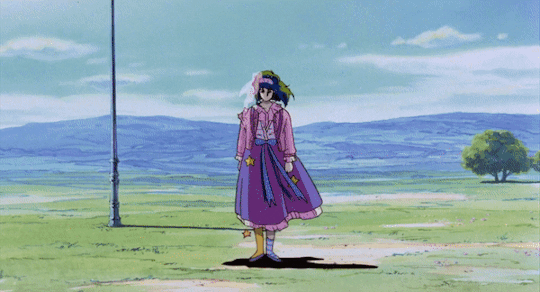


Robot Carnival (ロボットカーニバル) (1987)
Segment: Presence ( プレゼンス) | dir. Yasuomi Umetsu
#robot carnival#ロボットカーニバル#1987#presence#プレゼンス#yasuomi umetsu#80s anime#anime#anime ova#anthology film#japan#scifi#robot#filmedit#filmgifs#my gifs
6K notes
·
View notes
Text
Idea for a movie:
The movie is called “In the Background”.
An anthology film comprised of three different stories that are all wildly different from each other. The concept is the idea that every person is the protagonist of their own story and that even background characters have a story worth telling. So, the protagonist of one story shows up as a minor/background character in the previous one.
Here’s how I’d structure the movie -
1) Cold Opening: The first few minutes could be seen as the end of a crime drama movie. A notorious bank robber (played by Brad Pitt) is busted in his final job. Not wanting to spend the rest of his life in prison, he commits suicide-by-cop.
2) The first main story: The main protagonist (played by Gemma Chan) is one of the bank tellers from the cold opening. Her story is a dramedy/romance movie and is about her deciding to go backpacking in Asia to escape how traumatic the robbery situation was. While backpacking through Indonesia, she meets and falls in love with a local musician (played by Iko Uwais).
3) The second main story: The main protagonist (played by Michael B. Jordan) is a CIA agent who was one of the passengers on the plane that the bank teller took. His story is a spy thriller since he had gone to Indonesia to track down a nuclear weapon that ended up in the black market. The agent’s hunt for the missing bomb takes him all the way to London, where he manages to save the day by taking the bad guys out and securing the device. The agent’s story ends with him going to the pub, deciding that he really needed a drink after all the chaos he went through.
4) The third main story: The main protagonist is the bartender (played by Natalie Portman) who served the CIA agent, although she’s unaware of his true identity. The bartender’s story is a psychological horror film and is about her adopting her niece (played by Millie Bobby Brown) who recently lost her parents. As the movie goes on, it’s slowly revealed that the niece killed her parents and is planning on doing the same to her aunt. The bartender’s story ends with her being forced to kill her niece in self-defense, which results in her getting arrested.
5) The ending: After the bartender is driven away by the police, the focus shifts to one of the police inspectors at the scene (played by Simon Pegg), indicating that if the movie were to go on, he would be the new main protagonist. It’s not clear what type of story he would have, which is intentional.
#brad pitt#gemma chan#iko uwais#michael b jordan#natalie portman#millie bobby brown#simon pegg#movie idea#film idea#crime drama#dramedy#romance movies#spy thriller#psychological horror#horror movies#anthology film#background characters#minor character#story ideas#story concept
52 notes
·
View notes
Text


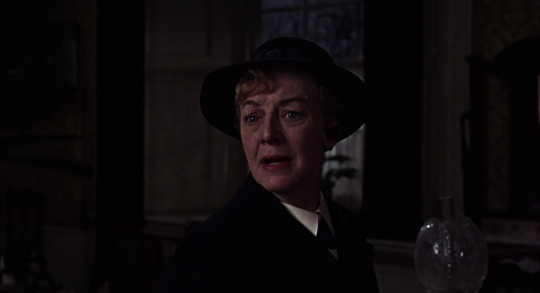
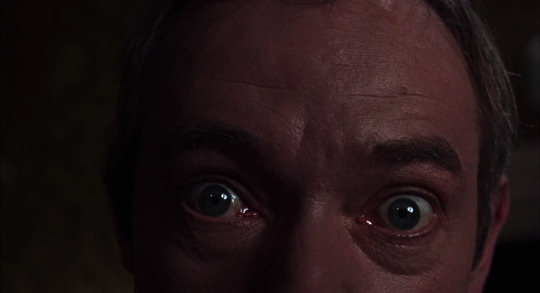





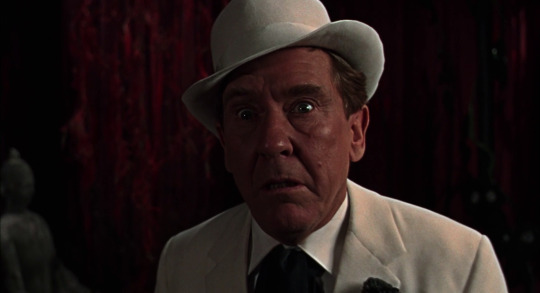
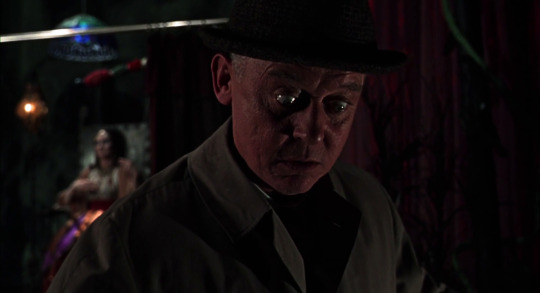
Torture Garden (1967)
[letterboxd | imdb]
Director: Freddie Francis
Cinematographer: Norman Warwick
Performers: Michael Ripper, Maurice Denham, Catherine Finn, Michael Bryant, Nicole Shelby, Beverly Adams, Robert Hutton, Ursula Howells, Barbara Ewing, & Burgess Meredith
#1960s#1967#Freddie Francis#Robert Bloch#my edits#classic film#classic movies#film#british horror#british film#anthology film#amicus#horror film#horror#Burgess Meredith#cinema#cinematography#film stills#filmblr
8 notes
·
View notes
Photo

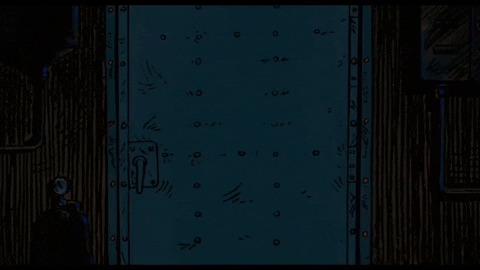

Heavy Metal (1981) directed by Gerald Potterton, produced by Ivan Reitman and Leonard Mogel
#Heavy Metal#1981#Heavy Metal (1981)#Canadian adult animated science fantasy anthology film#Heavy Metal magazine#science fiction#fantasy#anthology film#WWII Zombies Scene#WWII Zombies#my gif#gifs#my edit#gif
51 notes
·
View notes
Text
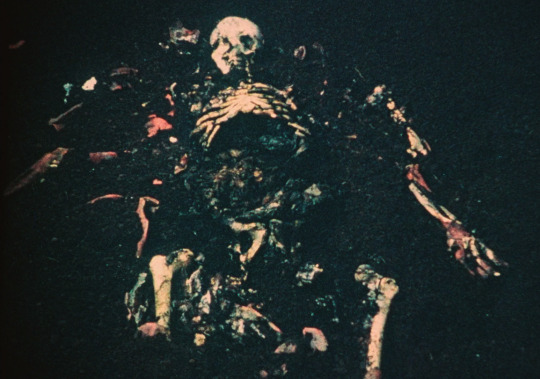
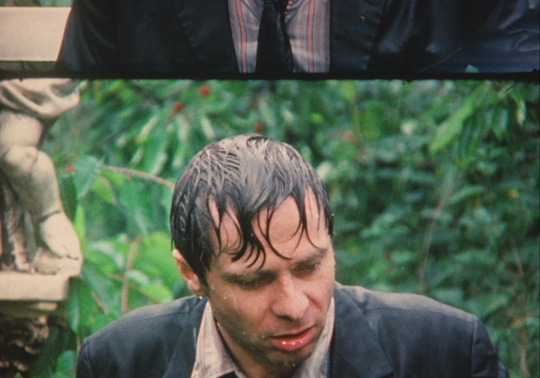


Der Todesking (1990) Dir. Jörg Buttgereit
#der todesking#the death king#nekromantik#jorg buttgereit#film#films#movie#movies#edit#horror#dread#drama#anthology film
309 notes
·
View notes
Photo



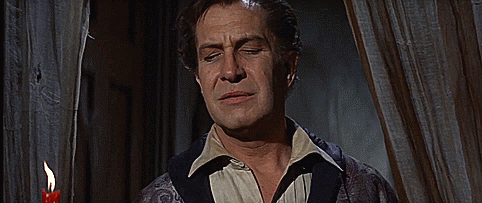
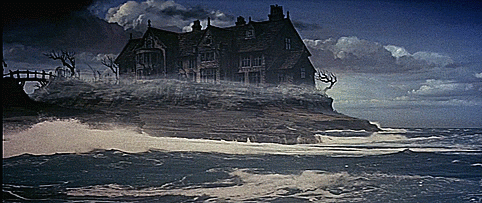
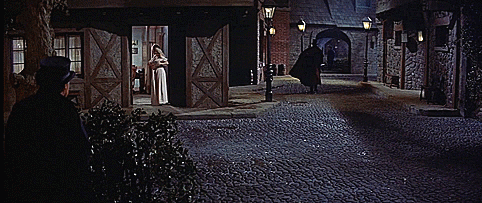
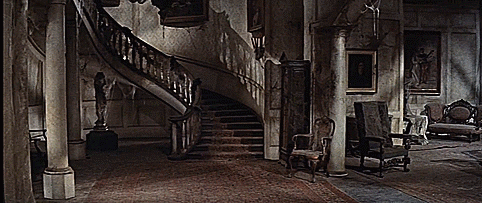

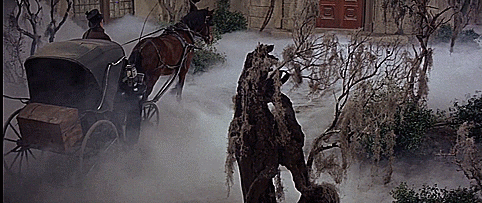
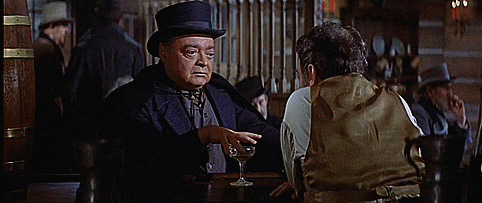
31 days of halloween (1/31)
Tales of Terror (1962) dir. Roger Corman
it is the death and dying that we concern ourselves
#vincent price#peter lorre#halloween#halloween2022#remember2022#tales of terror#1962#1960s#60s#horror#horror anthology#anthology film#roger corman
113 notes
·
View notes
Text
On April 14, 1968, Tales of Terror debuted in Madrid, Spain.

Here's some new Peter Lorre art!
#tales of terror#roger corman#peter lorre#samuel z. arkoff#horror film#horror movies#horror art#horror#anthology film#horror anthology#gothic horror#gothic horror art#american international pictures#movie art#art#drawing#movie history#pop art#modern art#pop surrealism#cult movies#portrait#cult film
2 notes
·
View notes
Text
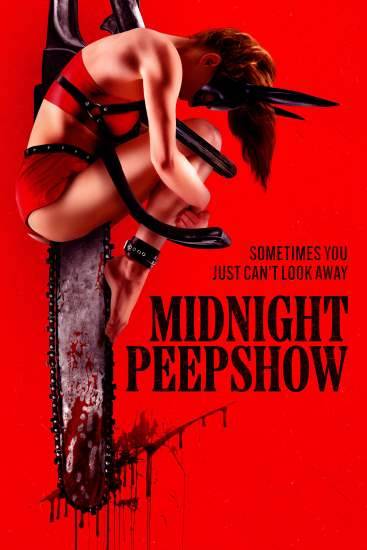


Review - Midnight Peepshow (2022)
A drunk and distraught man, a seedy London peepshow, a Dark Web porn site, and four stories that connect them all.
https://www.voicesfromthebalcony.com/2024/02/08/midnight-peepshow-2022-review/
2 notes
·
View notes
Photo

Boccaccio ‘70 (1962)
by Vittorio De Sica, Federico Fellini, Mario Monicelli, and Luchino Visconti
#1960s movies#italian cinema#anthology film#giovanni boccaccio#romy schneider#Sofia Loren#anita ekberg
39 notes
·
View notes
Text





Memories (1995)
#Memories#1995#anime#Magnetic Rose#Kōji Morimoto#anthology film#Stink Bomb#Tensai Okamura#彼女の想いで#最臭兵器
2 notes
·
View notes
Text



Mystery Train (1989)
#mystery train#jim jarmusch#avant garde cinema#1980s cinema#tcm underground#1980s#anthology film#walking#gifs#gif set#movie gifs#tcm underground gifs#gif warning#drama film#cult cinema#cult movies#cult movie
11 notes
·
View notes
Text
Idea for a movie trilogy:
Similar to the “Cornetto Trilogy”, an anthology trilogy in which the main connecting feature is the cast and a joke that is split up between all three movies. What I mean is that:
1) the first movie starts a long joke, but the character gets cut off before they can finish it.
2) the second movie has a scene where a character is in the middle of telling a joke. Keen viewers will realize that the joke is picking up where the first movie left off. The character is cut off again.
3) the third movie does the same thing as the previous movie, but the character finally finishes the joke.
We can call this the “Finish The Punchline!” Trilogy.
A hypothetical outline of this trilogy could be:
1) “The Fist of San Diego”: Martial arts comedy film. A young girl (Jenna Ortega) who grew up in a hidden island of warriors is told by the island elder to find the reincarnation of the society’s founder before their enemies do. She ends up in San Diego, California, where she confuses a celebrity martial artist (Pedro Pascal) as the reincarnated founder. Shenanigans ensue as the real reincarnated founder (Steven Yeun) is actually an ordinary Starbucks barista who the young girl just missed.
2) “The Cursed Blade of Muramasa”: Period/historical action adventure movie. In the 1960s, an infamous grave robber (Steven Yeun) discovers a map that leads to the Cursed Blade of Muramasa. Since he can’t decipher the map’s puzzles, he hires an expert (Pedro Pascal), who brings along his daughter (Jenna Ortega). Shenanigans ensue as the father and daughter, who have never been in a dangerous adventure, have to tag along with the grave robber. Along the way, the trio deals with the Yakuza, who are also looking for the blade.
3) “Blood Heist”: A fusion of a heist film and a horror comedy. In a society where supernatural beings and humans coexist with each other, a vampire (Jenna Ortega) stages a heist on a blood bank that is said to have the highest quality of blood in the city. She recruits several vampires to help her. Among them is a hacker (Steven Yeun) who claims he is a vampire, but is actually a werewolf. Along the way, the robbers are being watched by the lead human detective (Pedro Pascal), who has a soft spot for the vampires.
#pedro pascal#jenna ortega#steven yeun#movie idea#film idea#cornetto trilogy#simon pegg#nick frost#edgar wright#shaun of the dead#hot fuzz#the world’s end#martial arts movies#comedy film#action adventure#period movies#horror comedy#heist film#anthology film#anthology series
35 notes
·
View notes
Text
Creepshow (1982)
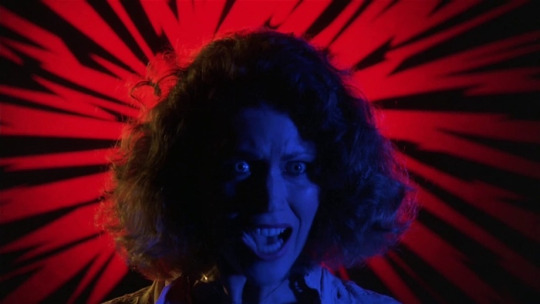
This collaboration between two of the kings of horror offers a real insight into its screenwriter’s psyche. Leave it to Stephen King to bring his trademark bloat to even the short format. The essence of a short story is its poetic simplicity, of taking a clever idea and running with it. King clearly understands that, if in a crass way, as demonstrated by the opening short: a hateful father-daughter relationship is distilled down to the father demanding cake even in the afterlife, with some gore as a button. But elsewhere, things drag on forever. Once the conceit of the creature within The Cage is established, it’s just a matter of waiting for its next victim. And waiting. And waiting. King loves his weird old dudes, doesn’t like house marms, and has a tenuous at best relationship to being a queer ally. So many limp-wristed fops. It’s fun, foul-mouthed stuff all around, but not much to write home about.
Modeled after EC Comics and the like, the splashy production design and cinematography of the film helps to set it apart from others of its cohort. Illustrated vignettes characterize each story to draw attention to key moments of shock and horror. Panels of a comic book illustrate simultaneous action, and page turning animations replace wipes in the editing bay. Red light lingers in frame whenever something bad is going to happen, and repeatedly used shock portrait backgrounds would have made Saul Bass jealous.
THE RULES
SIP
Someone says ‘cake’.
Comic panel vibes.
SPOOKY SKELETON!
Stephen King embarrasses himself.
Unnatural lighting!
Swearing! King sure loves his potty mouth!
#drinking games#creepshow#stephen king#george a romero#horror#horror & thriller#anthology film#horror anthology#ted danson#ed harris#adrienne barbeau#was stephen trying to be the fourth stooge or something i don't know
2 notes
·
View notes
Photo
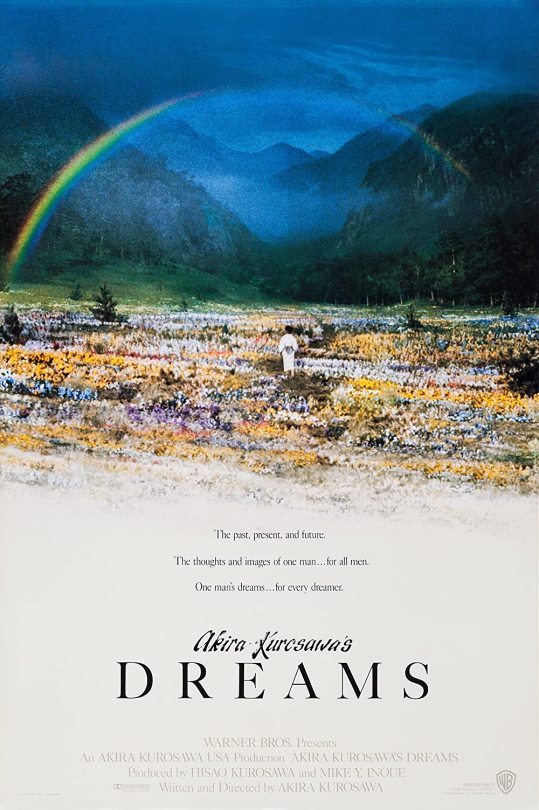
#akira kurosawa#1990#1990s#japan#fantasy#painting#nuclear holocaust#magic realism#anthology film#warner bros
3 notes
·
View notes
Text
Arabian Nights (dir. Pier Paolo Pasolini)
-Jere Pilapil- 10/10
Pier Paolo Pasolini started his “Trilogy of Life” with The Decameron and The Canterbury Tales: two movies based on classic story collections where he reveled in the ribald. Most of the stories told were sex romps, sometimes with a bit of a satirical edge, but always with a kind of gleeful wink that they’re all in good fun. He closed his trilogy with Arabian Nights, an adaptation of One Thousand and One Nights that keeps the anthology format but changes the tone and winds up the most accomplished of the three films.
This time, the mood is a bit more somber and more akin to a historical epic than the other two, which felt more like a series of comedy sketches. Here we’re introduced to the slave girl Zummurud, who chooses to be bought by Nur-ed Din. They fall in love, but are separated. They spend the movie trying to reunite, putting them (and us) in position to tell and be told stories. Sometimes these stories have stories within them. We meet characters like a man who takes an interest in a silent woman and needs a cousin/bride to be’s advice to woo her. A man comes afoul a djinn and gets turned into a monkey. A poet and a woman make a bet on two youths falling in love. And more. The stories are hit or miss, but as a whole add up to a great film.
This being Pasolini, there’s still a lot of fucking, but the stories elicit a wider range of emotions than the previous movies in the series did. As much as I enjoyed The Decameron and The Canterbury Tales, I thought it was a bit weird that a “Trilogy of Life” would not have much to say about life beyond “fucking is good, and people will do silly and awful things to do it”. Arabian Nights trades out some of the silliness for a little bit of mystery. These characters aren’t just participating in farces but are experiencing regrets and consequences. The stories are still fun, mostly, but like the difference between The Decameron and The Canterbury Tales, Pasolini manages to find new endings to familiar songs.
4 notes
·
View notes
Photo




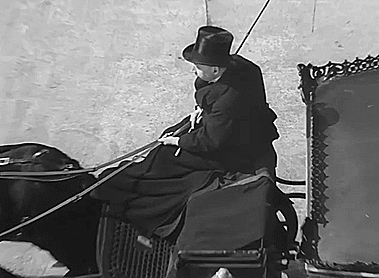

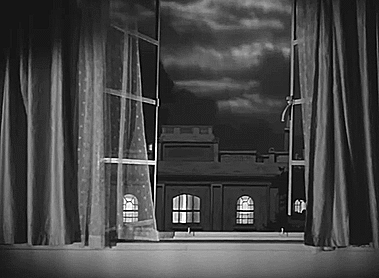
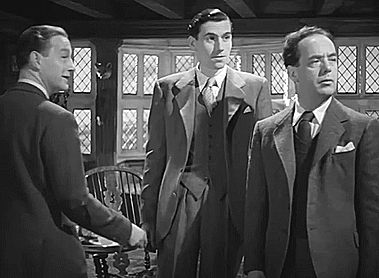


every 1940s movie watched (28 - ∞)
Dead of Night (1945) dir. Alberto Cavalcanti, Charles Crichton, Basil Dearden, Robert Hamer
You're dead? How about a nice cup of tea?
#omnibus#horror#horror film#1945#1940s#40s#british cinema#michael redgrave#alberto cavalcanti#charles crichton#basil dearden#robert hamer#anthology#anthology film
8 notes
·
View notes